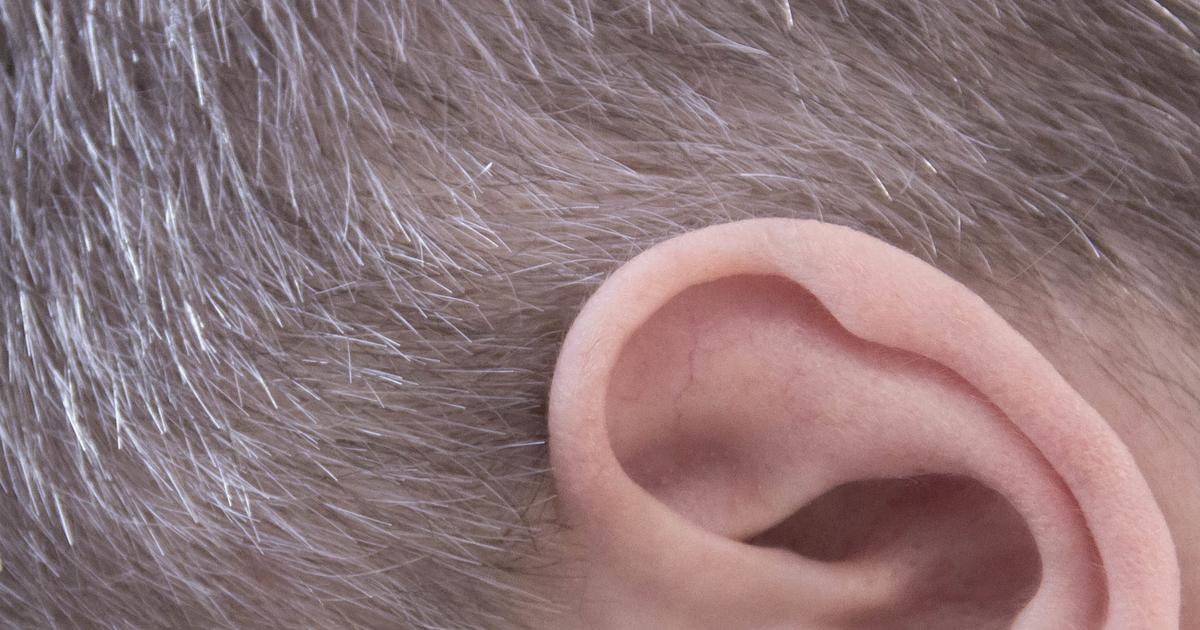Common Causes Of Hair Loss
Hair loss can develop for a variety of reasons, and it is most common in men. Individuals who experience hair loss could notice thinning hair in certain areas of the scalp, and this may progress to total hair loss. While hair loss generally occurs on the scalp, some individuals may lose eyelashes or eyebrow hair, and loss of facial hair or body hair could happen as well. Hair loss is sometimes associated with an underlying medical condition, and patients experiencing this symptom should consider seeing their primary care provider for a physical exam. The physician will assess the location and severity of the patient's hair loss, and blood tests may be performed. Some individuals prefer to conceal their hair loss with makeup or clothing such as hats and scarves. Treatment with medicated creams or oral tablets could help patients in regrowing some hair, and hair transplant procedures may be recommended in cases of severe hair loss.
The major causes of hair loss are outlined below.
Genetics And Aging

Male and female patients typically notice some thinning or loss of scalp hair as they age. This typically begins when an individual is in their fifties, and it usually worsens as the patient enters their sixties, seventies, and eighties. Male and female-pattern baldness are two hereditary conditions that create a more pronounced loss of scalp and body hair than what occurs through the typical aging process. Both of these conditions are linked to certain genetic factors. While previous research attributed hair loss to changes in a single gene, scientists now know the process is influenced by multiple genes, many of which come from the patient's mother. The genes that determine hair type and texture vary from population to population. Patients who have a first-degree relative with a potentially hereditary hair loss condition may want to consider starting medications for hair regrowth early, and they may also wish to find out more about potential surgical hair replacement options.
Uncover more causes of hair loss now.
Alopecia Areata

Alopecia areata is an autoimmune condition that affects the skin and attacks the hair follicles. Patients with this condition develop hair loss on the scalp and face, and loss of body hair may occur as well. Currently, 6.8 million Americans are living with alopecia areata, and the lifetime risk of developing this condition is 2.1 percent. Although symptoms can begin at any age, they typically start in childhood. There are three major types of alopecia areata, and symptoms vary by type. The patchy form of this condition is the most frequently diagnosed type, and it causes multiple hairless patches on the scalp or body; these patches are roughly the size and shape of a coin. In alopecia totalis, patients experience a complete loss of scalp hair. Patients diagnosed with alopecia universalis have a total loss of hair from the face, scalp, and body. Although there is currently no cure for this condition, patients may want to consider topical minoxidil, corticosteroid injections, or anthralin cream. These medications are available by prescription.
Learn more about the various causes of hair loss now.
Side Effect Of Certain Medications

Hair loss is a common side effect of certain medications. For example, patients who undergo chemotherapy as part of their cancer treatment often experience partial or total hair loss. Patients who use retinoids or high doses of vitamin A could also notice hair thinning or loss, and hair loss is a frequent side effect of some types of antibiotics. Patients who use antidepressants such as sertraline, fluoxetine, or lithium face an elevated risk of a form of hair loss known as telogen effluvium. This form of hair loss usually begins four to six months after the patient begins treatment with antidepressants. Like antidepressants, certain types of anticonvulsants used in the treatment of epilepsy also trigger hair loss. Carbamazepine and sodium valproate are two of the anticonvulsants known to have this side effect. With carbamazepine, hair loss is considered a rare side effect, and the hair loss associated with sodium valproate is dependent on the dose. Patients on lower doses of sodium valproate typically experience less hair loss than individuals on higher doses. When hair loss is caused by medication, it is almost always temporary, and patients generally experience hair regrowth after completing their treatment with the medication. Patients troubled by significant hair loss due to a particular medicine should speak with their doctor about the possibility of switching to a medication that does not cause this side effect.
Keep reading to learn more about potential triggers for hair loss now.
Hormonal Changes

Hormonal changes are one of the primary causes of hair loss for both men and women. In female patients, the hormonal changes that occur during pregnancy and menopause may trigger hair loss, and female patients with high testosterone levels are at risk for this symptom as well. Imbalances in thyroid hormones often cause hair loss in both men and women, and high cortisol levels have been linked to hair loss in both genders as well. Insulin resistance and estrogen dominance are believed to play a role in hair loss, and nutritional deficiencies in vitamin B12, biotin, and zinc could worsen existing hair loss associated with hormonal changes. Patients concerned about hair loss should have a thyroid function test performed. If thyroid hormones are unbalanced, replacement therapy could help promote hair regrowth. If these tests come back normal, doctors may want to investigate other hormone levels that could be contributing to the hair loss. Most patients experience hair regrowth once their hormones are successfully rebalanced.
Get more details on the causes of hair loss now.
Certain Hairstyles

Hairstyles such as high ponytails, cornrows, braids, and pigtails may cause the hair to be pulled too tightly. If these styles are worn for a long time, a form of hair loss known as traction alopecia could develop. Some of the styling methods used to produce popular hairstyles could further exacerbate hair loss. For example, permanent hair treatments and hot oil treatments are both associated with traction alopecia because they cause the hair follicles to become inflamed. Some patients have developed scarring on the scalp after having cornrows or hair relaxing treatments. Once scars form in this area, the hair loss patients experience will likely be permanent. To reduce the risk of hair loss from certain hairstyles, individuals should consider wearing their hair in loose styles, and minimize the use of heated styling equipment.